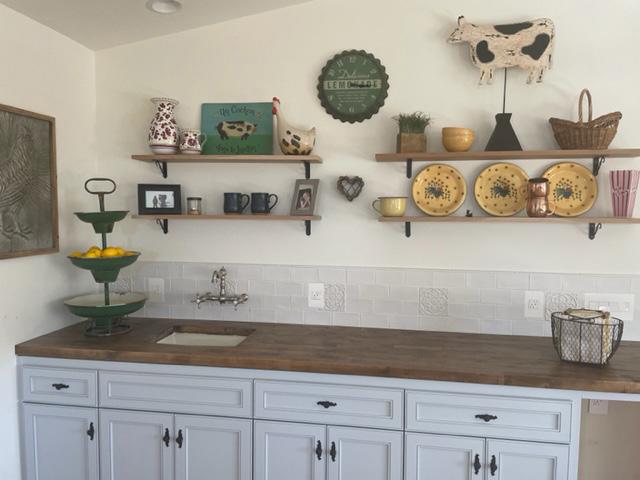
2 minute read
MUSIC OF THE SOUL
Nipomo Flutes Shares the Beauty of Native American-Style Flutes with the Central Coast
Photos and article by Carla Cary
Advertisement
From a young age, Jadon Smith has always been drawn to an instrument’s ability to evoke deep emotions.
However, it wasn’t until 20 years ago that he was first introduced to the Native American-style flute during a visit to Zion National Park, where he got his first flute making kit. The ethereal sound of the flute spoke to Smith’s soul, inspiring him to learn how to make them himself and to create his own business, Nipomo Flutes.
Living Lavishly recently caught up with Smith in his workshop, where he is surrounded by the tools of his trade, a rainbow of wood from around the world, and the beautiful flutes he has created. Smith’s passion for the craft shines through in everything he does, and his love for the Native American-style flute is evident in every note he plays.
He has spent countless hours researching the history and traditional techniques of making Native American-style flutes, including the types of wood used, and carving, and tuning techniques. He also spent time talking to Native American flute makers, who were more than happy to share their knowledge and experience with him.

One such man was Mac “Standing Bear” Lopez, a Shoshone/Cherokee tribe member who had been making flutes for 50 years and greatly helped Smith in his personal flute-making journey. Sadly, Lopez passed away last year.

“Mac learned flute making from Hawk Littlejohn, one of the premier flute makers in the country. I was very taken with Mac’s generosity [in] respects [to] sharing his skills and knowledge with me,” Smith said. “He was very involved in the native flute world and loved to share his experience. He was kind, humble, and fun to be with. He is missed.”
Wooden Native American flutes, also known as courting flutes, have a rich history and deep cultural significance to native peoples. Traditionally, these instruments are made from a single piece of cedar or other softwood and played vertically, producing a soft and mellow sound.
The oldest wooden Native American flutes that still exist today are from the early 1800s. However, the history of Native American flutes dates back thousands of years.
Rim-blown flutes made from animal bones can be found among numerous native cultures, such as the Anasazi and Hopi tribes of the Southwest.
Modern Native American-style flutes are a variation of the duct flute, which creates sound by forcing air across sound holes. Today, the full history of Native American flute making and playing is lost due to government efforts to control native music and religious practices on reservations and in Indian boarding schools.
Nipomo Flutes’ Smith is passionate about honoring native history in the flutes he makes. No two instruments are the same, and each is handcrafted using a variety of traditional methods and materials. He then carefully tunes each flute to produce a rich, warm tone that is both soothing and uplifting. Smith’s creations have found their way into the hands of musicians, collectors, and music lovers all over the world.

“I believe that the flute finds the person, the person doesn’t find the flute.
That’s why each of my flutes is unique, the flutes draw people in by the sound, the combination of woods, colors, and motifs,” he said.
Still, Smith’s flutes are designed to be easy to play, making them accessible to people of all ages and skill levels. He has also started teaching workshops, where he shares his knowledge and passion for the craft with others, and keeps the tradition of flute making alive.















